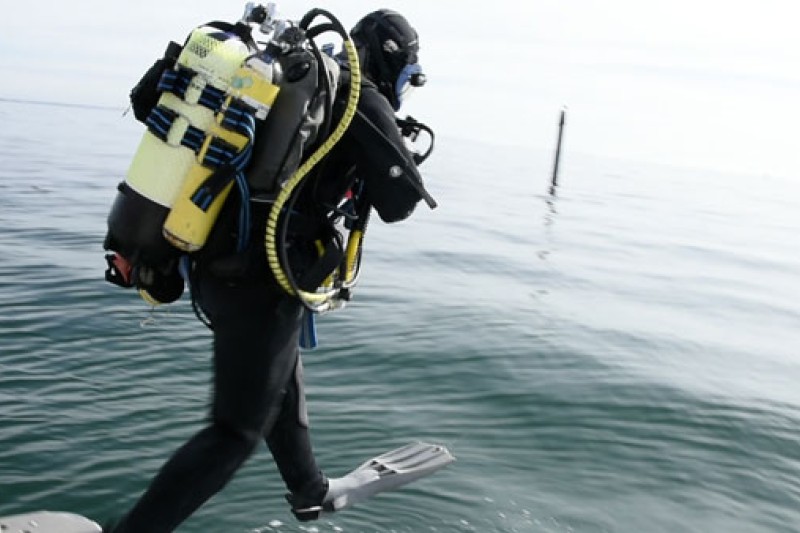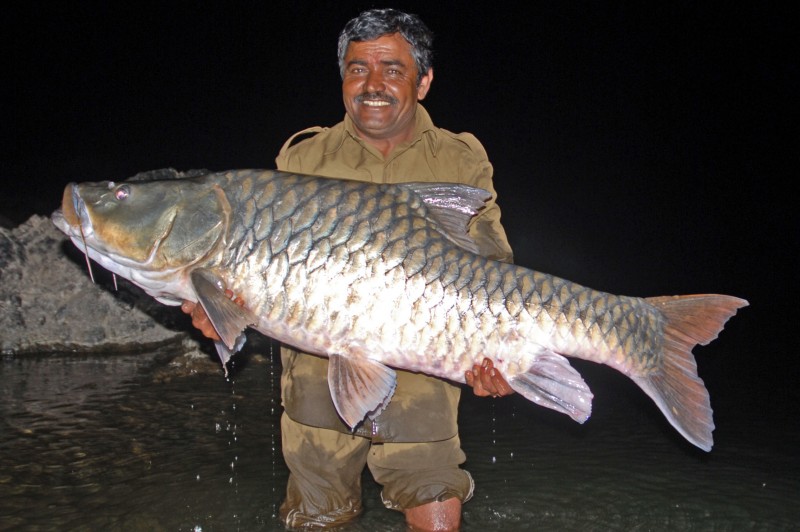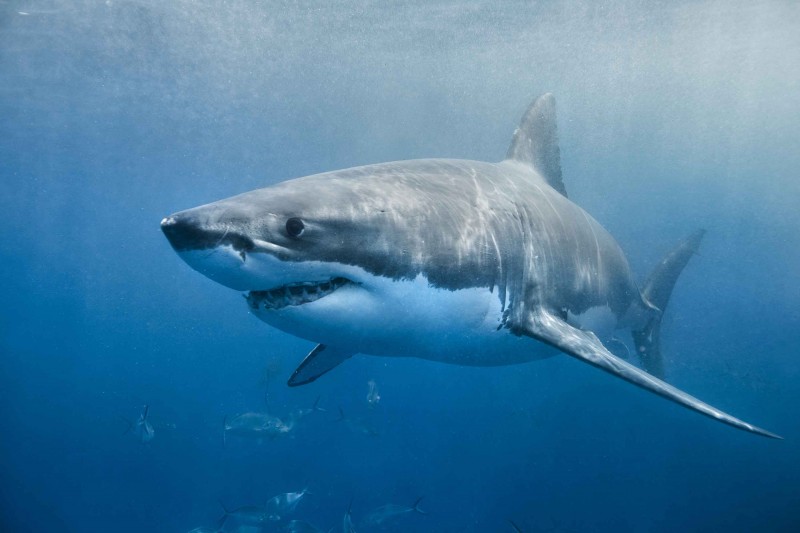There is a long history of environmental conflicts between the needs of birds and human activity, which has been fuelled by a lack of evidence of how the changes affect birds. Coastal managers need to balance the requirements of the birds with those of society and to do this they need evidence.
This has not been available until now, but BU researchers Professor Richard Stillman and Professor Ralph Clarke identified this knowledge gap and have created a system to provide timely advice on predicted impacts before change happens.
The method combines behavioural research within a computer model. The results quantify the effect of environmental change on the coastal birds, providing the evidence for an informed debate between different interest groups.
This has significant impacts on protecting biodiversity, with fewer birds dying through loss of food and habitat, but also benefits society by identifying human activities that do not negatively impact on the birds.
The computer modelling technique has been applied to 35 sites in Europe and one in Australia. In England specifically it has been used on 812 km2 (29%) of Special Protection Areas identified by DEFRA.
Since 2008 the computer modelling technique has been used in the following conservation scenarios:
Barrages and bridges
- Evidence was provided to the UK Government on the impact of proposed tidal power barrages within the Severn Estuary. This contributed to the decision to abandon funding of the scheme on environmental grounds.
- Evidence was provided to the Danish government on the effect a proposed bridge over the Fehmarn Belt between Germany and Denmark would have on sea ducks.
Housing
- Evidence is being provided to regulatory bodies, conservation and industrial organisations on the potential impact of human disturbance resulting from increased housing in the Solent region.
Port development:
- Evidence was provided to the UK government and industry on the impact of port development in the Humber.
- Assess the impact of harbour development on a rare wading bird, Pied Oystercatcher, in Tasmania.
Sea level rise:
- Evidencing the impact of sea level rise on bird populations in Poole Harbour, Exe Estuary and Baie de Somme, France.
Nuclear power
- Advising the UK nuclear power industry on the impact warm-water outflow from a proposed nuclear power station on Bridgwater Bay would have on birds and their food source.
Shellfishing
- The BU model is applied to annual quotes in Baie de Somme, France, all shellfishing sites in Wales and 27% in England.
Case study: Shellfishing in the Wash
The Wash produces 1100 to 2298 tonnes of shellfish per annum (2010 figures) with an estimated annual value of £1.7 million to £4.38 million. This constitutes 13% of the total annual income generated by shellfish farming in English waters.
A precautionary approach of banning shellfishing in the Wash would result in an annual loss of income of between £1.7 and £4.38 million. In contrast, lack of evidence may mean that use of the coast is unregulated.
The Wash shellfishery was unregulated during the 1990s and extensive shellfishing reduced the food supplies of a protected species, the oystercatcher, leading to up to 25% overwinter mortality of these birds (= 5000 birds), whereas only 1-2% died when overfishing did not occur. BU’s modelling technique has allowed shellfishing quotas to be set to maximise economic potential, while ensuring adequate food supply is left for the birds.
The environmental conflicts that BU’s models are designed to address occur world-wide and are not restricted to coastal birds. The modelling technique allows coastal managers to weigh up the environmental damage of human activity and, where this is minimal and the benefit to society is significant, proceed with the activity. The evidence quells environmental arguments and allows informed decision making that strikes a balance between protecting biodiversity and doing what is right for society.


